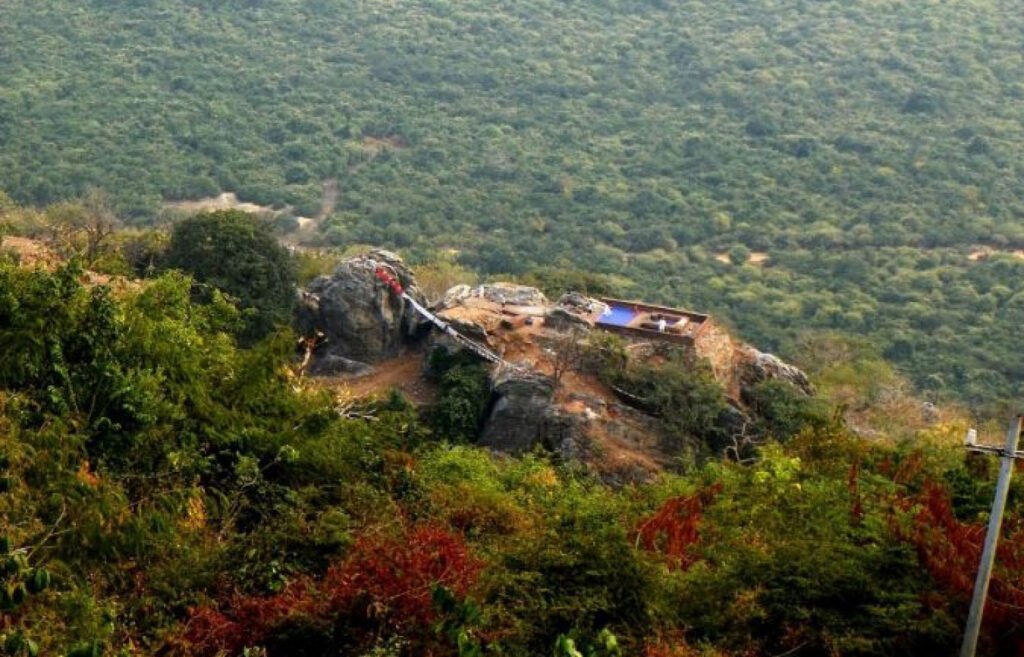Rajgir is a town in the state of Bihar, India, located about 100 km from the state capital, Patna. It is a popular pilgrimage site for both Buddhists and Jains, as it is associated with the lives of both Lord Buddha and Lord Mahavira.
Rajgir is set in a beautiful green valley surrounded by rocky hills. It is home to a number of religious sites, including:
Vishwa Shanti Stupa: This white-domed stupa was built by the Japanese in 1969 as a symbol of world peace. It is located on a hilltop and offers stunning views of the surrounding countryside.
Venuvana: This bamboo forest is said to be the place where Lord Buddha spent many years teaching his disciples. It is now a popular meditation spot for visitors.
Maniyar Math: This Jain temple is dedicated to Lord Mahavira. It is said to be the place where Lord Mahavira attained enlightenment.
Ajatshatru Fort: This fort was built by King Ajatshatru in the 6th century BC. It is said to be the place where Lord Buddha was poisoned by his cousin Devadatta.
In addition to these religious sites, Rajgir is also home to a number of historical sites, including:
Griddhakuta Peak: This hill is said to be the place where Lord Buddha delivered his famous Vulture’s Peak Sermon.
Saptparni Caves: These seven caves are said to have been used by Lord Buddha and his disciples for meditation.
Cyclopean Wall: This massive wall is said to have been built by King Ajatshatru to protect his city.
Rajgir is a beautiful and peaceful town that offers visitors a chance to experience the rich spiritual and historical heritage of India.

Here are some tips for visiting Rajgir:
The best time to visit Rajgir is during the winter months (October to March), when the weather is pleasant.
Rajgir is well connected by road and rail to major cities in India.
There are a number of hotels and guesthouses available in Rajgir to suit all budgets.
It is advisable to hire a guide to help you explore Rajgir and its many attractions.
Safety guidelines:
Be respectful of the religious and cultural significance of the sites you visit.
Dress appropriately, especially when visiting religious sites.
Be aware of your surroundings and take precautions against theft and other crimes.
Drink plenty of water and stay hydrated, especially during the summer months.
Wear sunscreen and protective clothing to protect yourself from the sun.
